Curious Questions: What does your flat cap say about you?
You might think a flat cap is just something to keep your head warm and dry. And in some circumstances you'd be right – but there's a minefield of meaning out there, according to Rob Crossan.


Spot a flat cap and you can be comfortably sure that an anecdote is never far beneath it. It might not be pertinent, it might not make any sense and it almost definitely won’t be brief, but something of the raconteur sage seems to come over any man who decides to don this unprepossessing yet distinctive piece of headwear.
Formerly taciturn individuals become newborn troubadours, ready at the drop of a flat cap to flex arms, crack knuckles and regale those close at hand with tall tales that won’t necessarily have a beginning or a middle and you might not reach the end until the barman throws a tea towel over the pumps.
If you’re looking for culprits, blame Pete, Dud and an unemployed man called Andy — that is Peter Cook and Dudley Moore’s flat-capped alter-egos in the Not Only… But Also TV show in the 1960s, and the Daily Mirror’s long-running Andy Capp cartoon strip. All three have a gift for hard-bitten, acerbic anecdotes that can become florid when combined with alcohol. When you overhear a man (in this case, Pete) launching a conversation with the question ‘Did I ever tell you about that tempestuous affair I had on the 82B bus?’, it’s difficult to imagine him in a beanie.
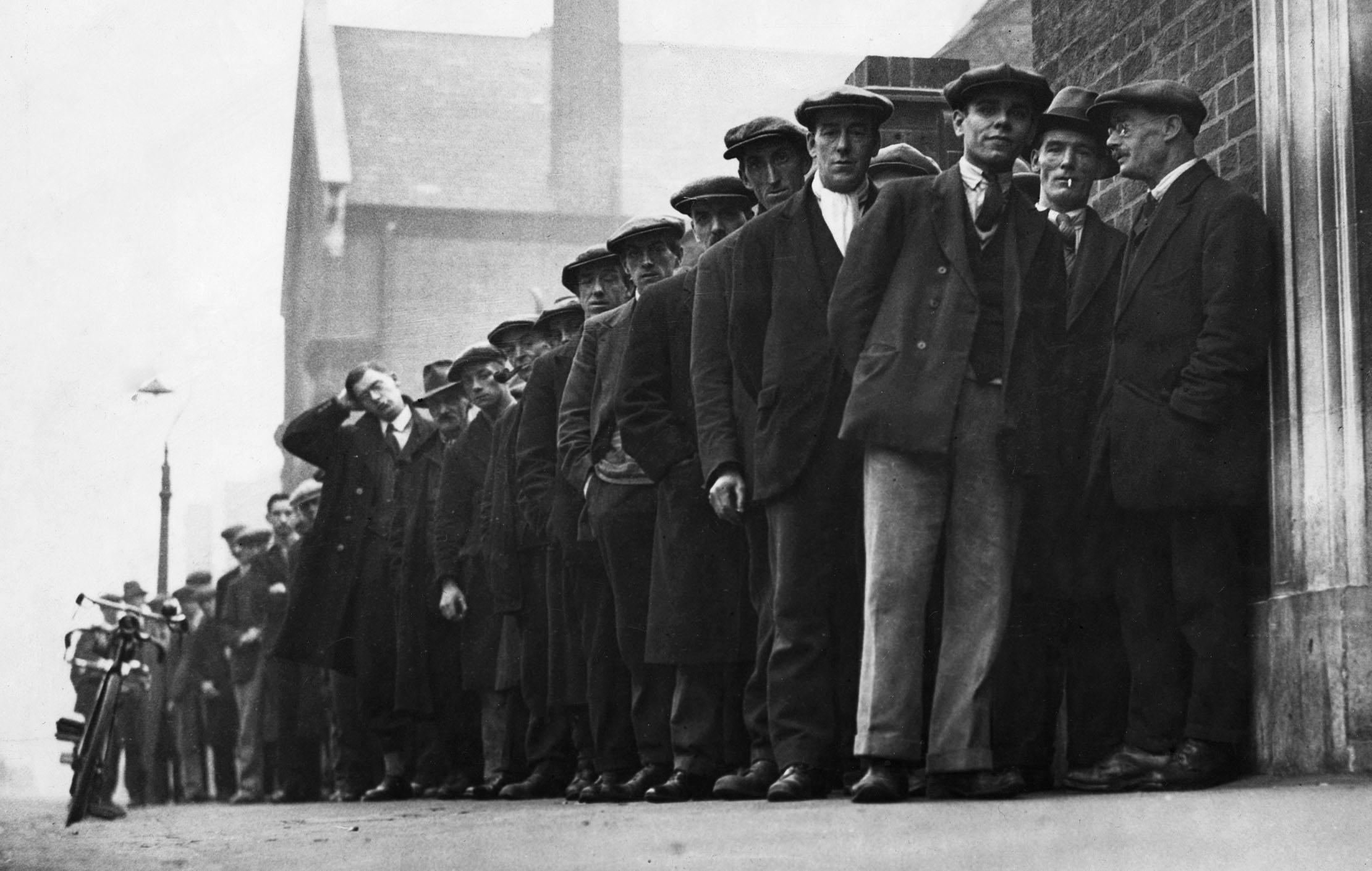
However, first things first: any talk of the revival of the flat cap in recent years by twenty-somethings who drink cocktails out of jam jars is hogwash. The revisionist cap in question, as worn by fans of Peaky Blinders and men who wield tattooed guns in Dalston, isn’t a flat cap at all. Rather, this is a newsboy cap, different in that it’s a looser, baggier creation with an eight-panelled top. This floppy interloper has no further place in this story, not least because it’s never been a legal stipulation to wear one.
Legality is where the flat cap really does punch above its light, all-weather fabric weight. Back in 1571, Elizabethan Britain passed a law stating that any boy over the age of six — not counting the nobility — who didn’t wear a flat cap on a Sunday or on a public holiday could be fined three farthings. It was brought in as a means to stimulate the wool industry, and while this unconventional legislation didn’t last long the habit of wearing a flat cap remained for centuries.
'Most hats tend to be concomitant with an occasion... [but] the flat cap comes from the opposite direction — it’s the complete lack of occasion that renders it so popular'
The Edwardian age was arguably when we reached ‘peak cap’ in this country. They were beloved by working men, landowners and even Edward VIII. The monarch commissioned a unique chequered-fabric design for his own cap and it’s a pattern still worn today by The Prince of Wales.
Fast forward a century and yes, you will see flat caps worn by young men on the streets of London, but they might swap them for a stove pipe or a baker boy tomorrow, depending on the winds of fashion. Head to the countryside and the flat cap is a permanent fixture, worn not as a fashion statement, but as a means to keep foul weather at bay. For this reason, it’s unlikely to be cast aside.
Sign up for the Country Life Newsletter
Exquisite houses, the beauty of Nature, and how to get the most from your life, straight to your inbox.
Choosing a flat cap isn’t as simple — each of the various types will strike a different note:
Irish flat cap
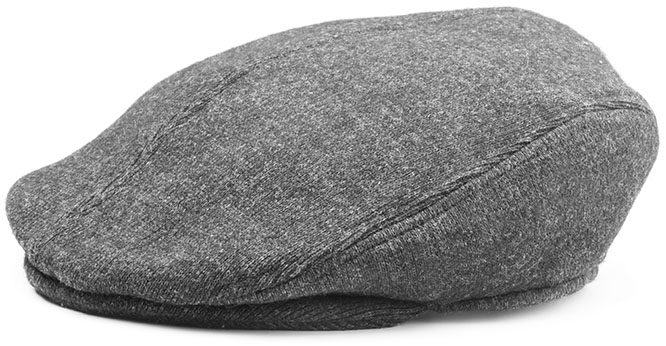
Its plaid or tweed fabric suggests an insouciant lack of interest in flat-cap flair. You’re far too busy training a future Grand National winner or purchasing superior angling equipment to worry about such nonsense.
Herringbone flat cap
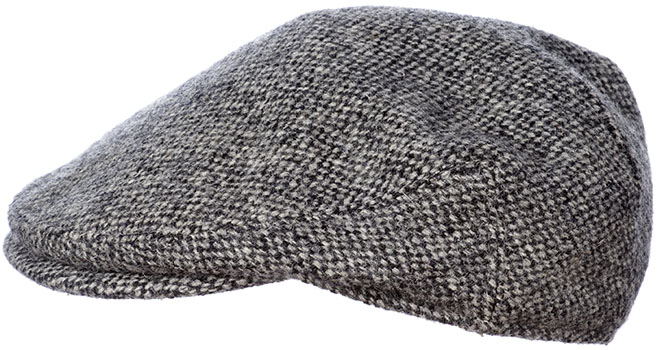
The herringbone pattern is subtle yet raffish, much like the wearers of this type of flat cap — the sort of individual who wears Lacoste polo shirts in summer, Lacoste V-necks in winter and is well known in Villefranche-sur-Mer for decadent house parties, which everyone leaves with Bordeaux stains on their jackets.
Ivy cap
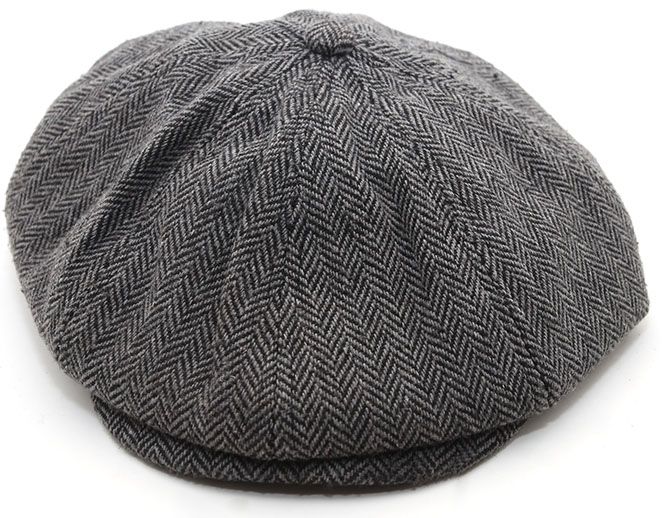
Also known as a ‘driving cap’, this is the bad boy of the flat-cap world, beloved by vagabonds, rogue antiques dealers and men who occasionally frequent lock-ups on the Old Kent Road to see how their ‘assets’ are doing.
Tweed shooting cap
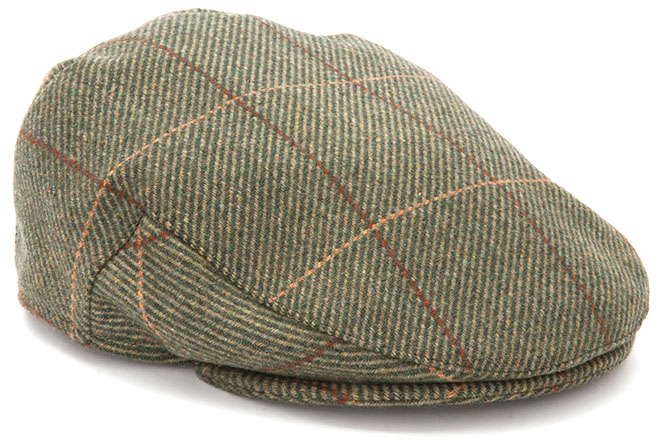
The regal and somewhat aloof king of the flat caps. Wearers of this like devilled kidneys, single malts, the Reform Club and can’t understand why nobody reads H. Rider Haggard novels any more.
How to choose the perfect flat cap for you
When it comes to the perfect flat cap, Lock & Co of St James — purveyor of superior headwear for men and women since 1676 — doesn’t recommend a fitting session as it would for harder hats, such as top hats, but there are some cast-iron rules if you want your ‘flat’ to cut a dash so sprightly as to make other caps cower in the shade.
Jayesh Vaghela, master hatter at Lock, where he’s worked for the past 11 years, believes that size really is everything. ‘We use the word “under hatted” as it’s a kinder way of telling someone that perhaps their hat is too small for them,’ he explains.
‘It’s important to get the size right, so we ask customers to place a soft tape measure around their head, positioned mid-forehead and just above the ears, measure in centimetres and then add one more centimetre. In almost all cases, this technique works for the ideal soft-cap fit.’
As far as popularity goes, Mr Vaghela says, the classic Gill Cap is today’s best-seller, just as it was a decade ago. ‘A tweed Gill Cap, in a check pattern with a little red alongside green and brown, is definitely timeless. Obviously, I’ve been on quite a journey with all types of hats over the years, but so many of our customers tell me that, almost no matter what they’re wearing, they simply don’t feel complete until they put their flat cap on.’
Perhaps that’s why the long winning streak for the flat cap seems set to continue. Whereas most hats tend to be concomitant with an occasion (be it wedding, funeral or knighthood), the joy of the flat cap comes from the opposite direction — it’s the complete lack of occasion that renders it so popular.
‘There’s probably no such thing as the complete all-weather, all-purpose hat,’ Mr Vaghela concludes, ‘but the flat cap really is about as close as you can get to it.’
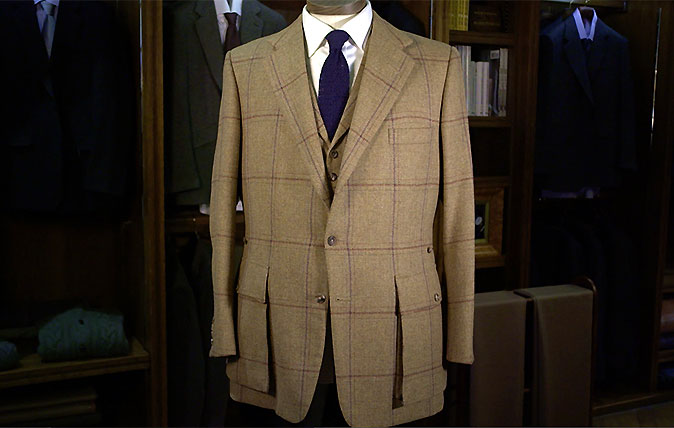
Credit: Huntsman tweed sports coat
How to choose a classic tweed sports coat
The tweed sports coat is associated with a classic and sophisticated aesthetic yet is completely suitable for most casual settings.
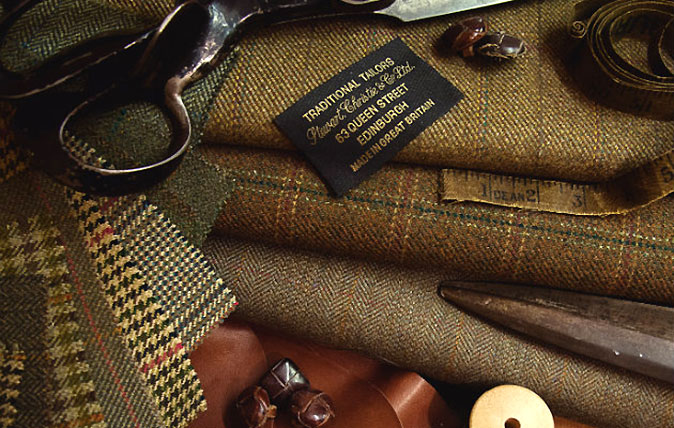
Credit: Stewart Christie
Why to invest in a set of bespoke tweeds – and where to get them made
A set of bespoke tweeds is on every gentleman's wish list – Charlotte Peters looks at the best places to
Rob is a writer, broadcaster and playwright who lives in Brixton, South London. He regularly contributes to publications including the Daily Mail, Daily Telegraph and Conde Nast Traveller. Rob is the Special Correspondent for the BBC Radio Four programme Feedback and can also be heard on the From Our Own Correspondent programme on BBC Radio Four and the World Service. His first play, 'The Gaffer', premiered at the Underbelly Theatre as part of the Edinburgh Fringe in 2023.
-
 Some of the finest landscapes in the North of England with a 12-bedroom home attached
Some of the finest landscapes in the North of England with a 12-bedroom home attachedUpper House in Derbyshire shows why the Kinder landscape was worth fighting for.
By James Fisher
-
 The Great Gatsby, pugs and the Mitford sisters: Country Life Quiz of the Day, April 16, 2025
The Great Gatsby, pugs and the Mitford sisters: Country Life Quiz of the Day, April 16, 2025Wednesday's quiz tests your knowledge on literature, National Parks and weird body parts.
By Rosie Paterson
-
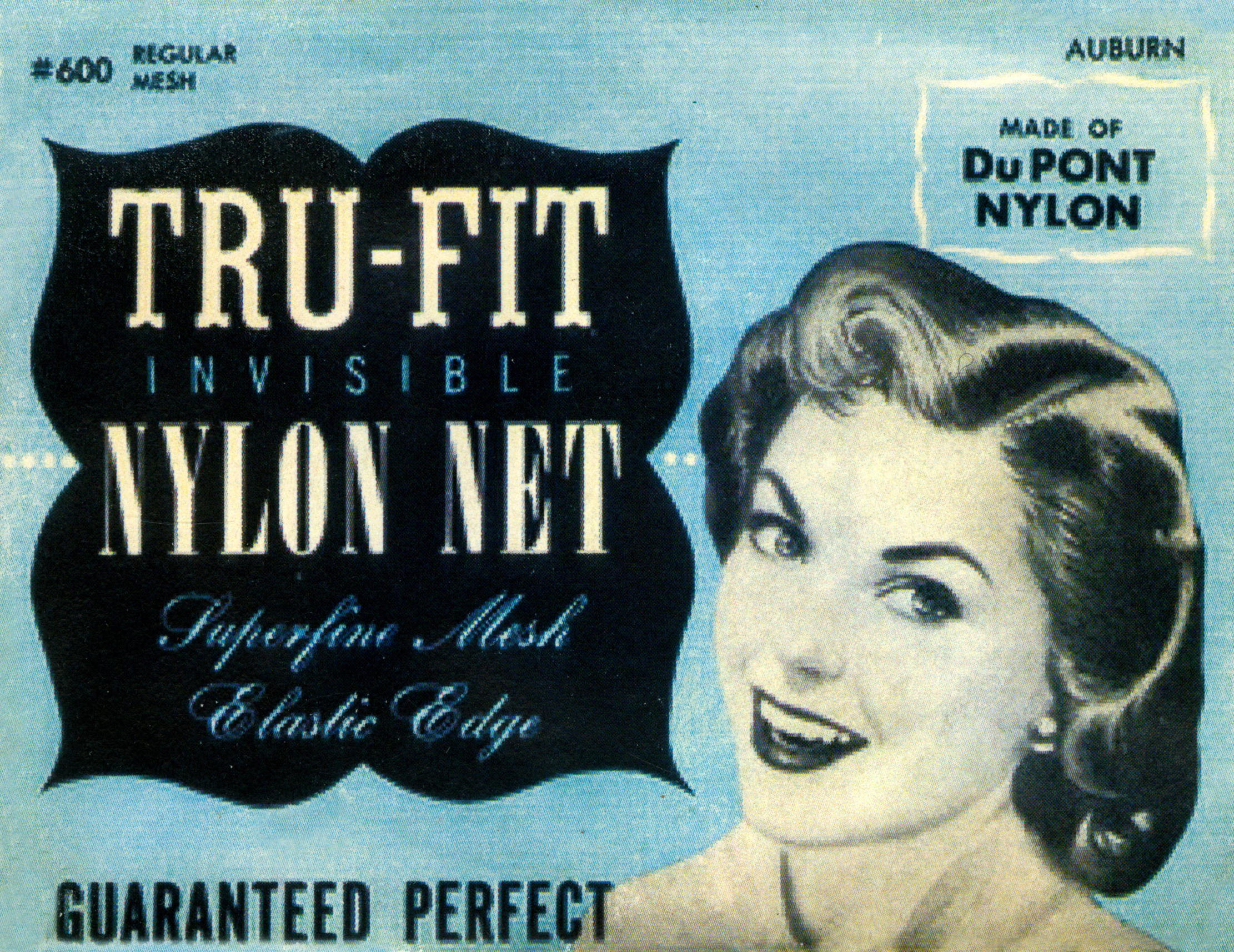 From fighting for stockings to flying on the Moon: How nylon changed the world
From fighting for stockings to flying on the Moon: How nylon changed the worldAlmost 90 years after it was first discovered, Martin Fone looks at the history of this mass produced man-made fibre.
By Martin Fone
-
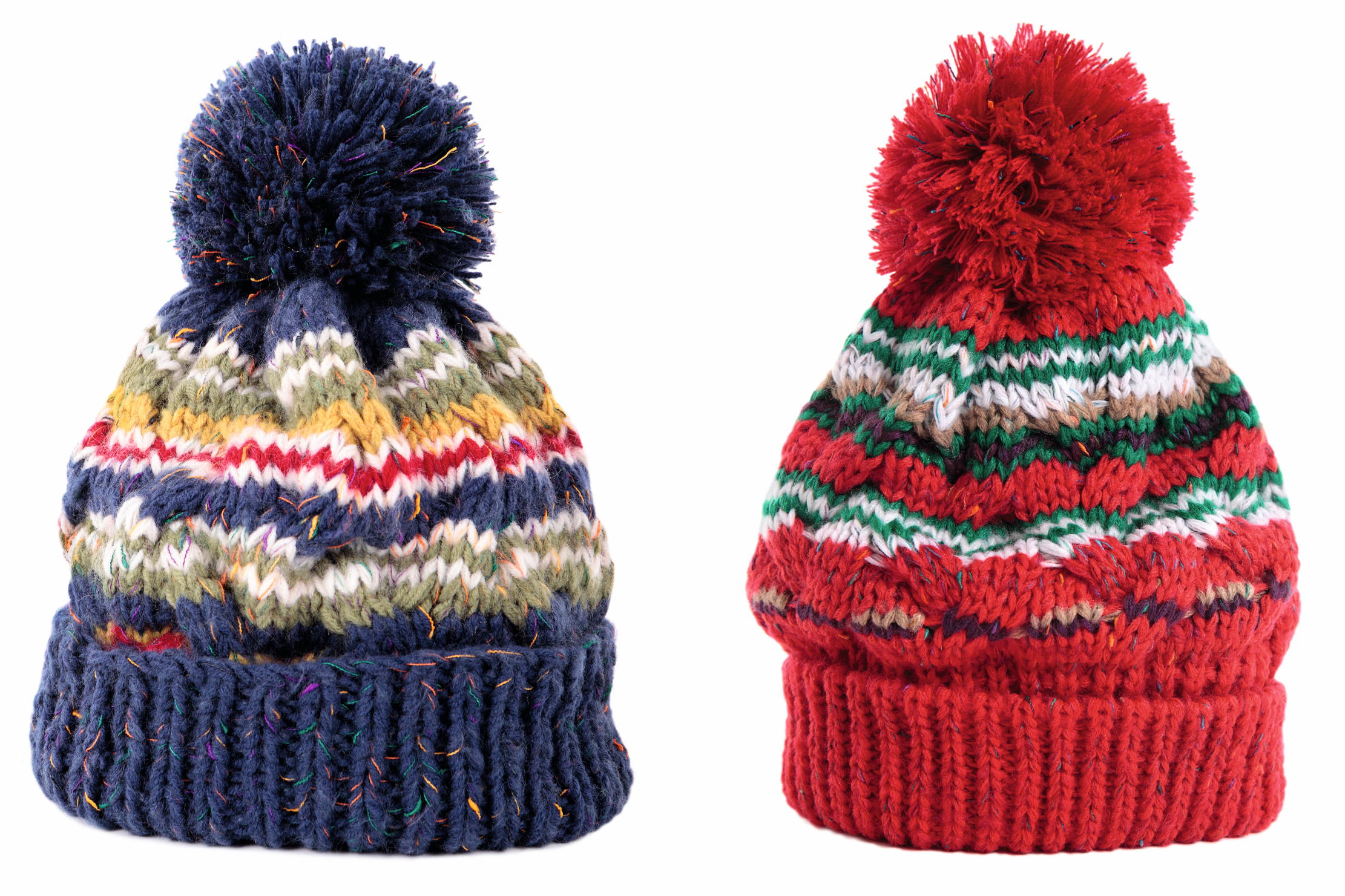 Curious Questions: Why do woolly hats have bobbles?
Curious Questions: Why do woolly hats have bobbles?Some can rock a bobble hat, others will always resemble Where’s Wally, but the big question is why the bobbles are there in the first place. Harry Pearson finds out as he celebrates a knitted that creation belongs on every hat rack.
By Harry Pearson
-
 Curious Questions: We used to fly cars across the English Channel in 20 minutes — why did we stop?
Curious Questions: We used to fly cars across the English Channel in 20 minutes — why did we stop?It seems hard to believe, but taking your car across the English Channel to France by air actually pre-dates the cross-channel car ferry. So how did it fall out of use almost 50 years ago? Martin Fone investigates.
By Martin Fone
-
 Curious Questions: Who invented the rear-view mirror?
Curious Questions: Who invented the rear-view mirror?Although obvious now, the rearview mirror wasn't really invented until the 1920s. Even then, it was mostly used for driving fast and avoiding the police.
By Martin Fone
-
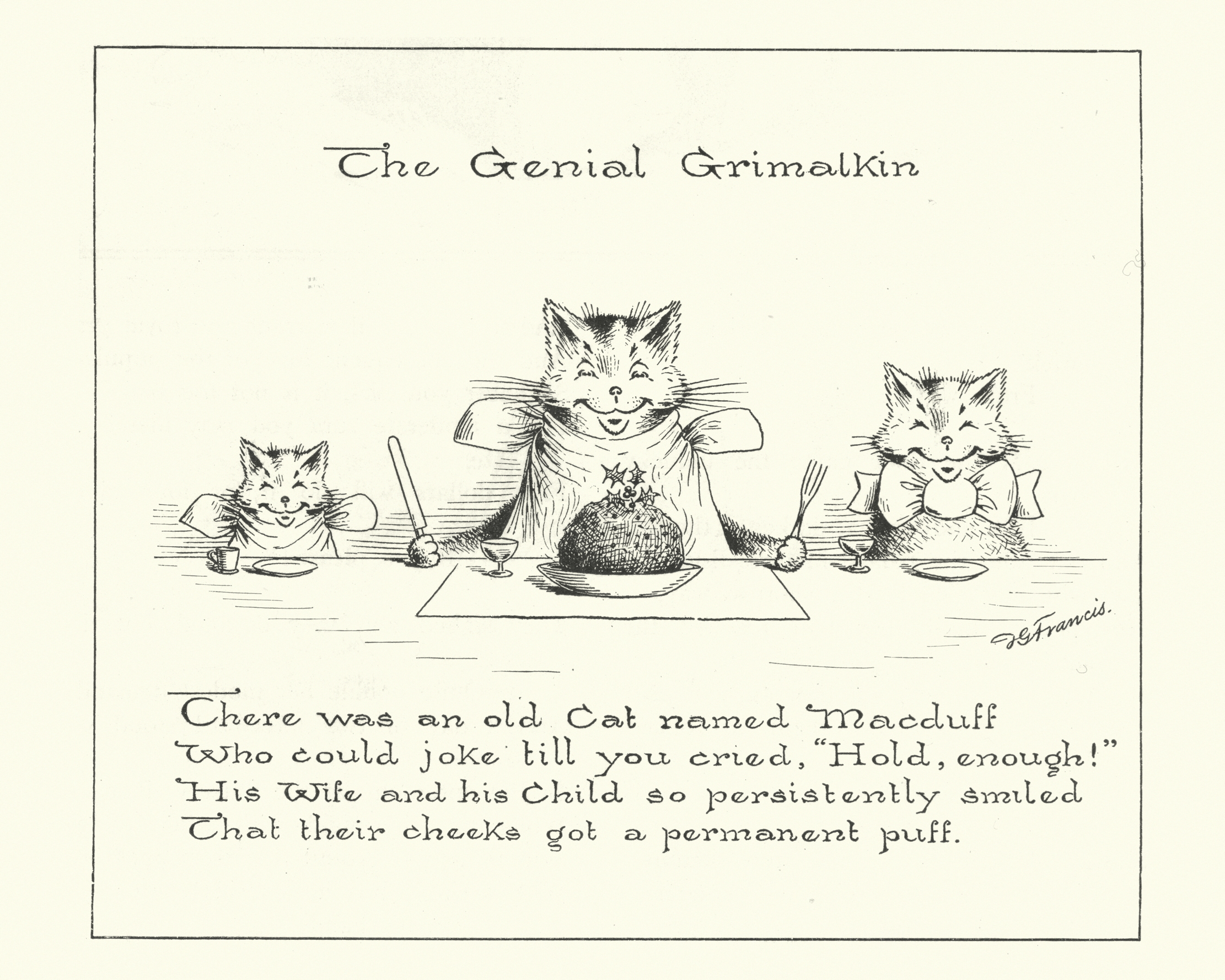 Curious Question: Did the limerick originate in Limerick?
Curious Question: Did the limerick originate in Limerick?Before workers wasted time scrolling Twitter or Instagram, they wasted their time writing limericks.
By Martin Fone
-
 You rang, your majesty? What it was like to be a servant in the Royal Household
You rang, your majesty? What it was like to be a servant in the Royal HouseholdTending the royal bottom might be considered one of the worst jobs in history, but a life in elite domestic service offered many opportunities for self-advancement, finds Susan Jenkins.
By Country Life
-
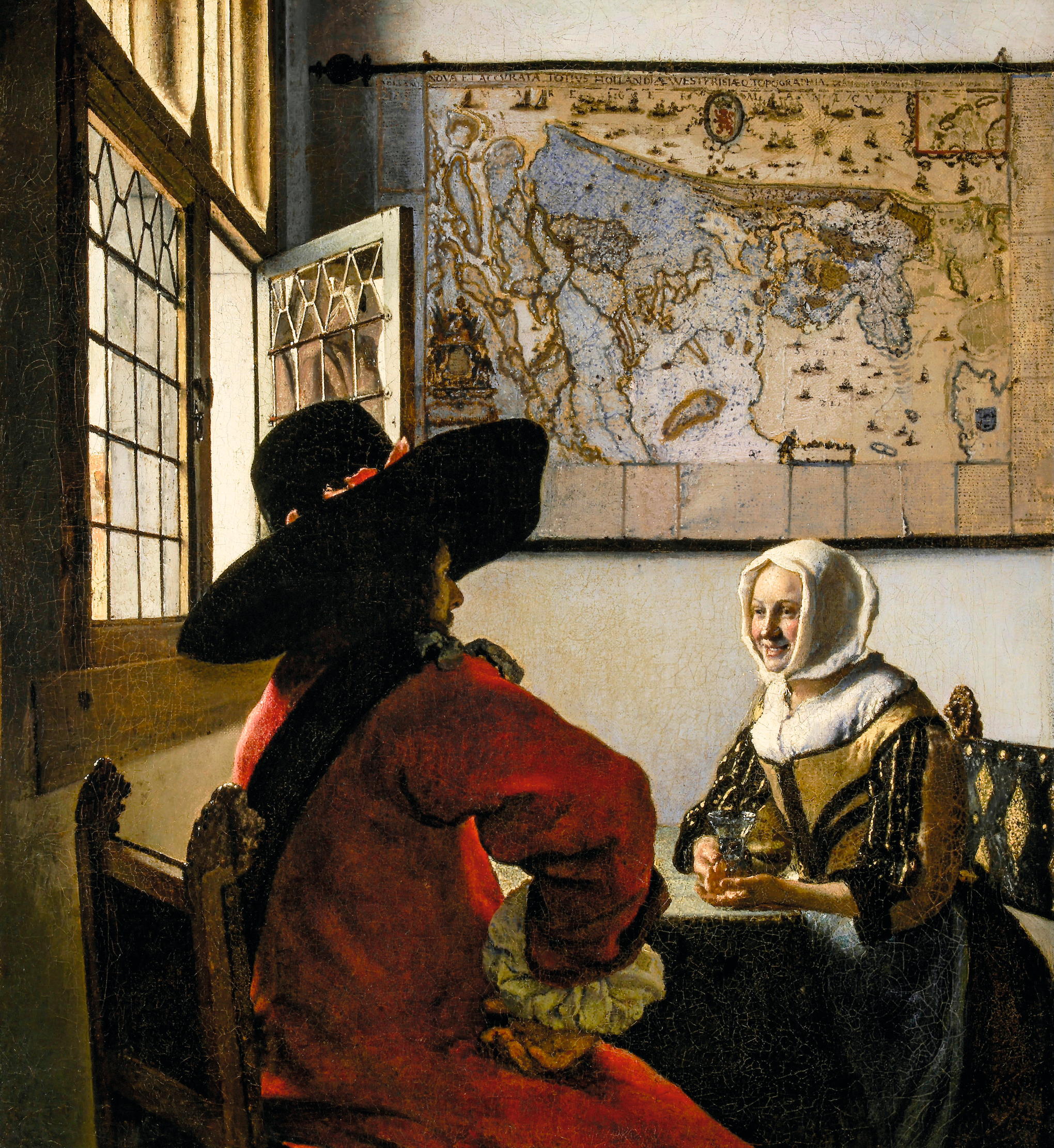 Curious Questions: Why are there so few smiles in art?
Curious Questions: Why are there so few smiles in art?Centuries of portraits down the ages — and vanishingly few in which the subjects smile. Carla Passino delves into the reasons why, and discovers some fascinating answers.
By Carla Passino
-
 Tanks, tulips and taxidermy: The strange lives of Britain's most eccentric collectors
Tanks, tulips and taxidermy: The strange lives of Britain's most eccentric collectorsFive collectors of unusual things, from taxidermy to tanks, tulips to teddies, explain their passions to Country Life. Interviews by Agnes Stamp, Tiffany Daneff, Kate Green and Octavia Pollock. Photographs by Millie Pilkington, Mark Williamson and Richard Cannon.
By Agnes Stamp